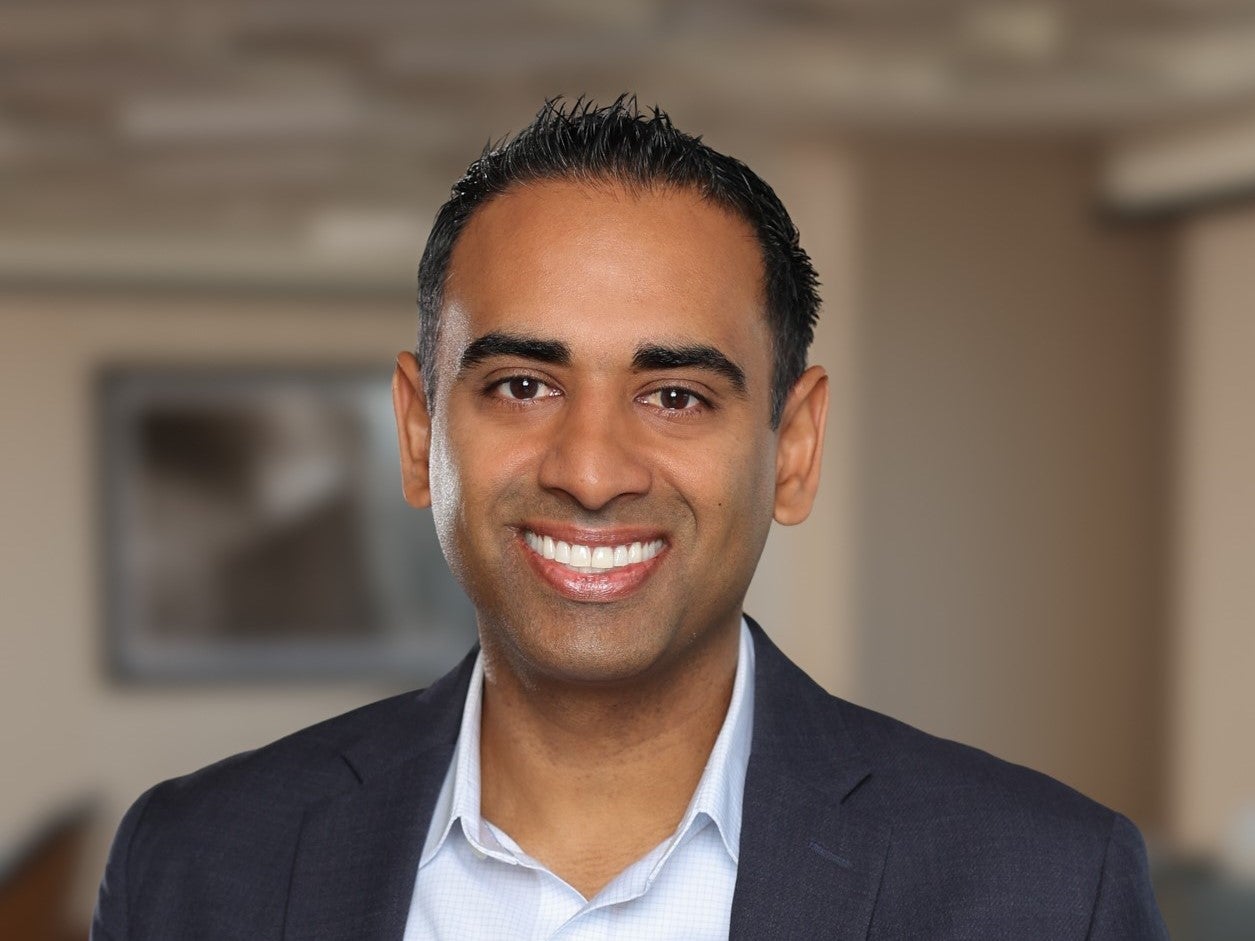More than two in five doctors (44%) in the United States report feeling burned out, according to a recent Medscape survey. For registered nurses, the number increases to more than three in five (63%). Not only is burnout psychologically and physically draining, it can contribute to medical errors.
Researchers at the Stanford University School of Medicine found that medical error rates tripled in medical work units where physicians reported high levels of burnout.
In a recent article for LinkedIn Pulse, Baligh Yehia, MD, MPP, Chief Medical Officer, Ascension Medical Group, writes that reducing burnout is the shared responsibility of clinicians and healthcare organizations.
Ascension developed the Clinician Well-Being and Engagement playbook, a guide for clinical leaders that includes best practices intended to create personal resilience and well-being among practicing physicians, he writes. Additionally, the Well-Being Index, a short, confidential, anonymous assessment, integrates organizational and external resources for AMG clinicians who are exhibiting signs of distress.
“Clinician burnout is a national challenge and it won’t be solved overnight. But we have and will continue to invest in the tools to tackle it, and we shouldn’t hesitate to use them,” Dr. Yehia says. “It’s in our power to create a healthcare system that works not only for patients, but also for the physicians and clinical staff who care for them.”




